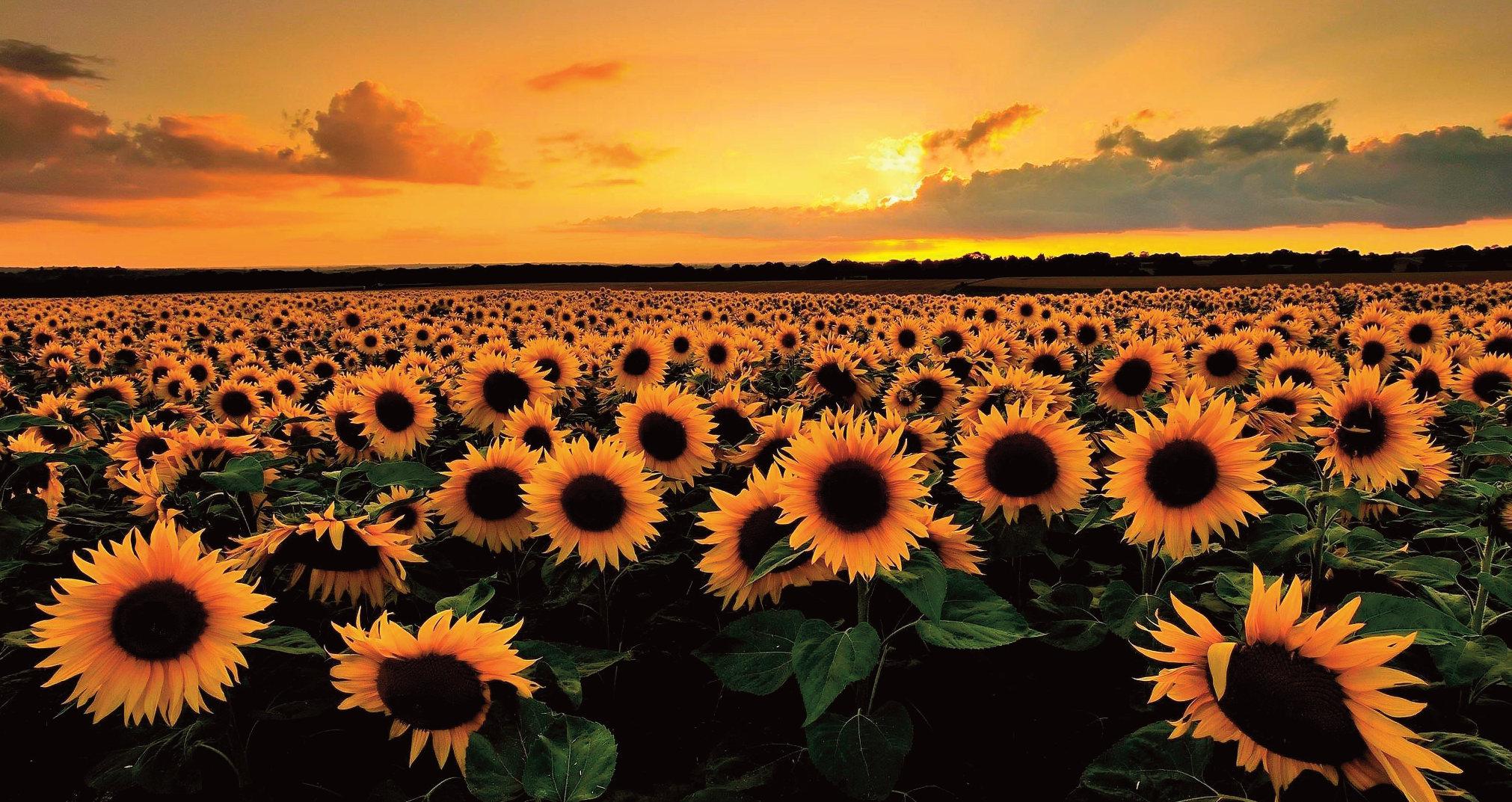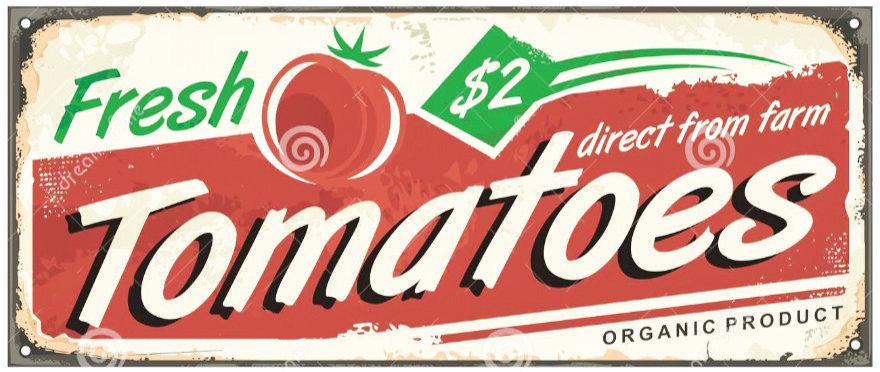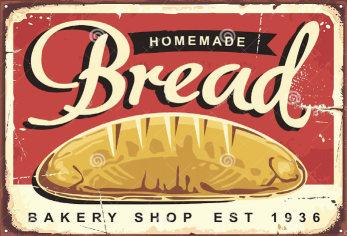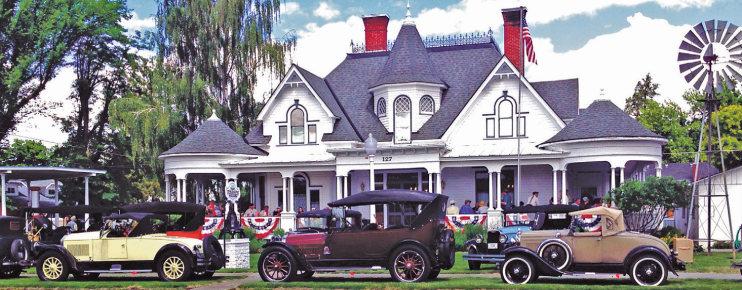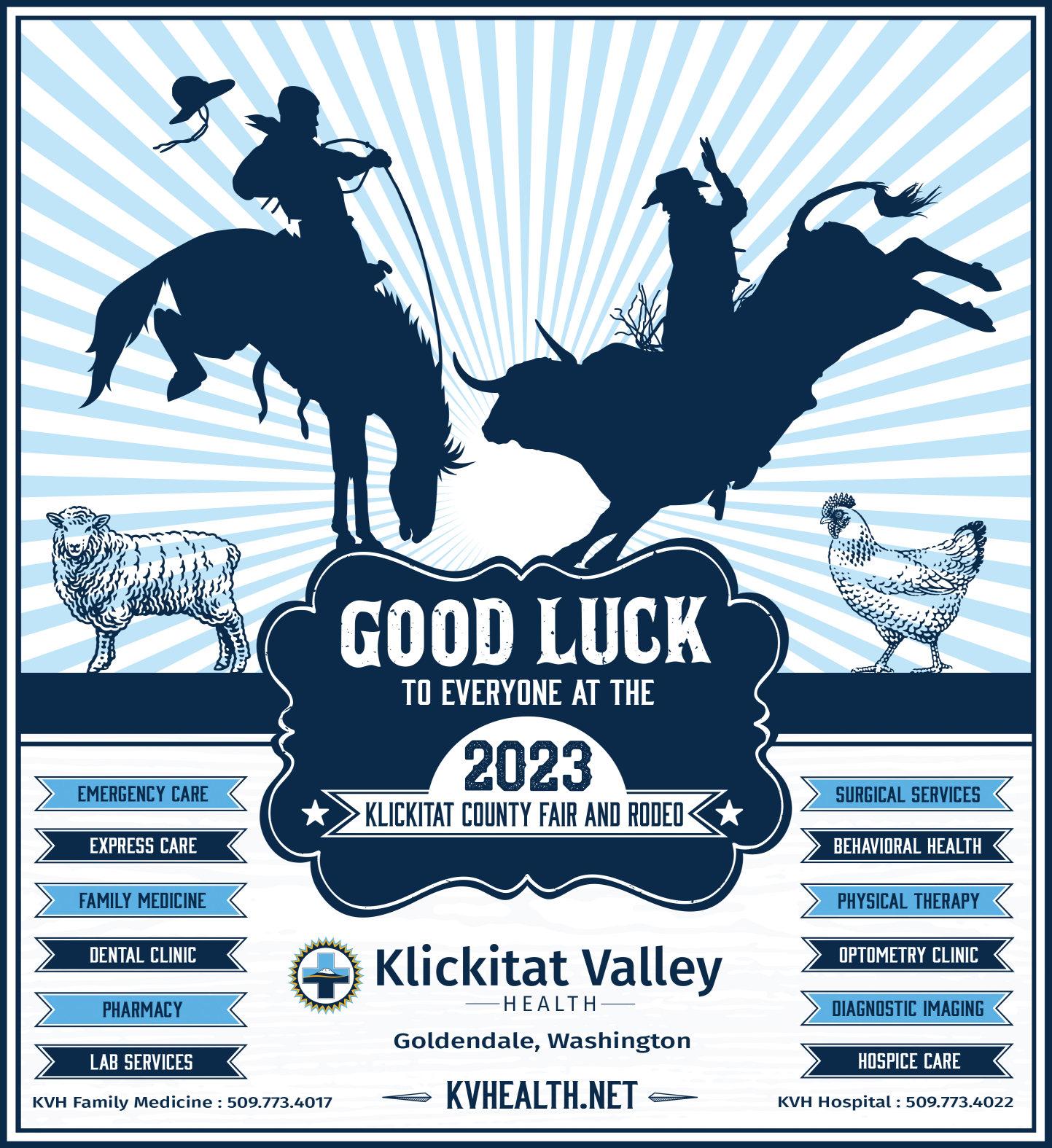




























It was exciting to discover some very old Fair Premium Books in The Sentinel office earlier this year. We have

ones going back to 1945, the year after the County Fair began (see image on the next page). Back then it was called the Fair List
rather than a book, and it was a tiny thing compared to what you’re holding right now
In 1945 the booklet expressed the hope that men from the county and across the country would return soon from the far shores of Europe and Japan. The war in Europe had ended by Fair time. Battles still raged in the Pacific, though soon a pair of atomic bombs would, in their horrific way, bring hostilities to a cease. Everyone knew someone involved in the war effort, and absences were felt at the Fair.
Things are peaceful on
the whole these days. And it’s the perfect time to celebrate the highlight of summer in Klickitat County. As always, it’s our honor to support the Fair and provide this keepsake guide to the amazing events and showings at the Klickitat County Fair. And visit The Goldendale Sentinel online at www. GoldendaleSentinel.com. The Sentinel has been covering headlines and history in Klickitat County since 1879.
The Goldendale Sentinel 117 W. Main Street Goldendale, WA 98620 (509) 773-3777
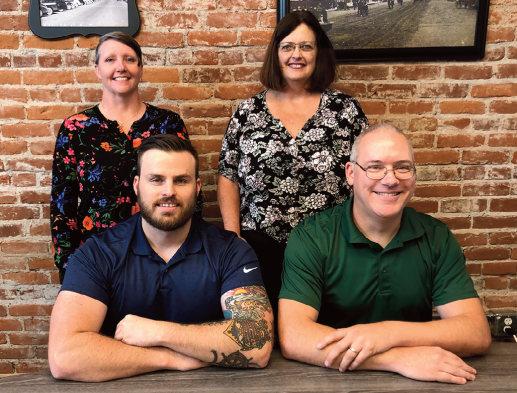

Info@Goldendale Sentinel.com



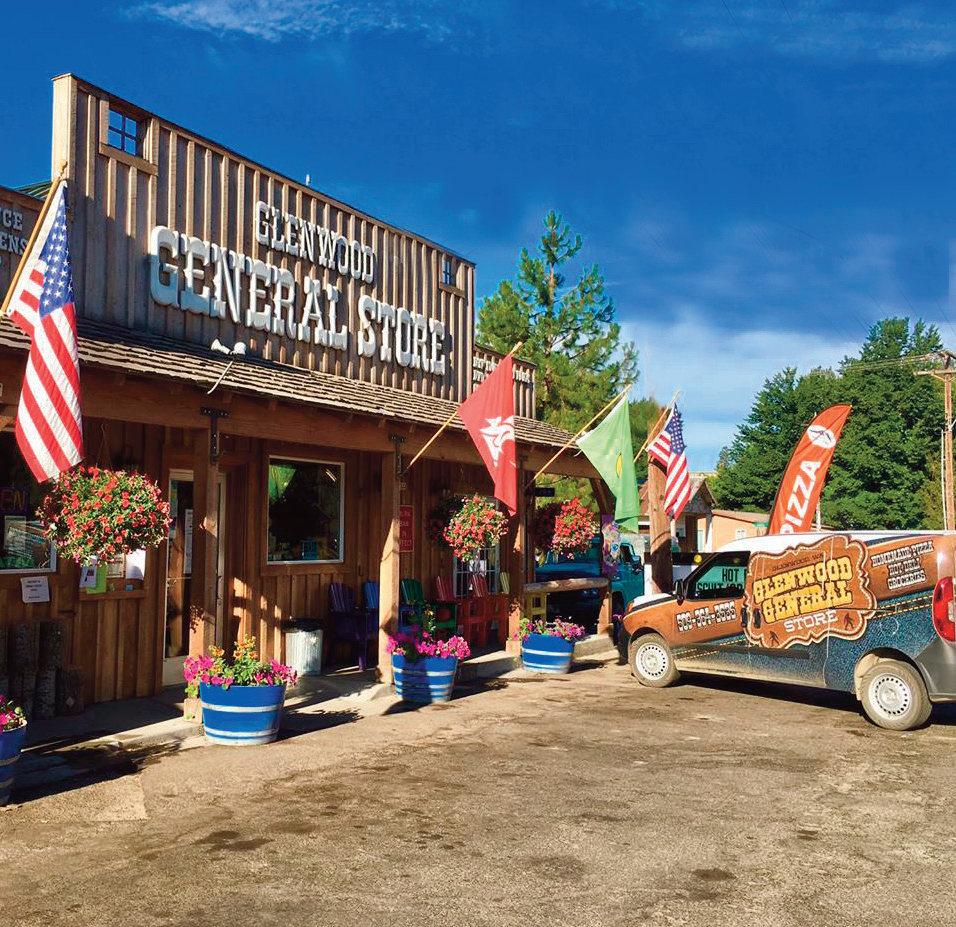












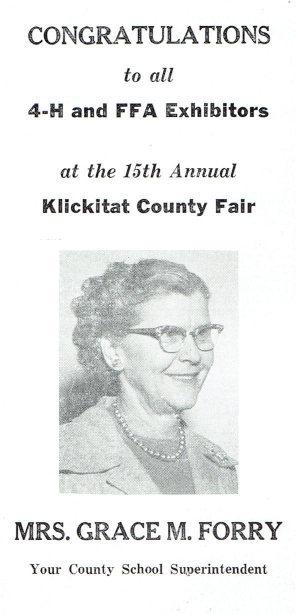





Sisters Maggie and Micaela Gutierrez can always be found in the same place every August—the Klickitat County Fair and Rodeo. Micaela, the older of the two, began her journey with the fair when she was just three years old, bringing sheep to show off in the peewee class. Her sister followed suit when she reached the age for entries, and since then

the pair has gained more than a decade’s worth of memories of experiencing Fair life. The lessons taught through the practice of raising and showing animals are not always easy, but the girls have a fondness in their hearts for the tradition.
“I really do like the community aspect,” Micaela comments. “You get to see people you probably only see during Fair every year.” Maggie agreed, happy to meet people with similar interests.


“They understand all of the hard work you put in—you get a lot of friends through it,” she added.



Raising animals for Fair is nothing short of a summer job, demanding hours of time and dedication. “There’s so much walking,” Maggie groans jokingly. “I walk them every night.” She often leads the sheep up their
long driveway before releasing their halters and chasing them down the hill. The walking builds muscle, an important component for judging of the animals. “They [the judges] usually want an eighth to a quarter inch of fat coverage,” Micaela explains. There are several different rounds
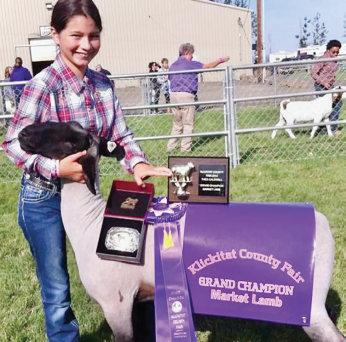



for showing an animal, each consisting of different criteria. Maggie and Micaela show their sheep through Market, Showmanship, and occasionally Breeding. Not every year promises success, but they’ve received a good amount of champion buckles in their time competing.
The sisters have seen many changes to the Fair over the years, but regardless of what’s added or taken away, they always find something to enjoy. Though the Fair is always shifting, they both agreed the best change has been the addition of dances. “Some big places have live concerts, and that’s cool, but that’s not a dance,” Micaela says. A few years ago, the Fair brought in a live band and hosted a dance. The event was a huge hit and has transitioned into a fun tradition for kids and adults alike. “That’s the cool part—you get to see the whole community dancing,” Micaela adds. “Some people dance the whole time, even if they have to get up early in the morning,” Maggie mused. The environment created at the dance is one of community fun and socialization that celebrates the accomplishments of the week.
While the Fair is filled with fun, there’s more to be gained than just memories. The Fair’s influence has followed Maggie and Micaela and helped them become the people they are today. “You learn about swallowing your pride,” Micaela shares, “but also about being proud of what you do.” The week of Fair means early mornings, late nights, and some tough judges. Not every year will end in ribbons and belt buckles, but even in the losses, there’s pride. “It’s rewarding at the end,” Maggie affirms.
The impact of the County Fair doesn’t end with the conclusion
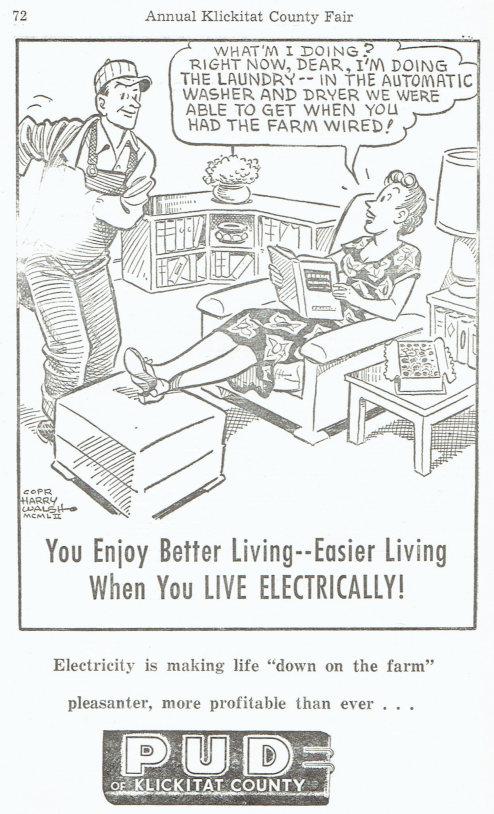

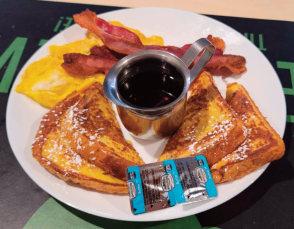


of the week for these girls. Maggie shows her sheep through FFA and has become extremely involved with the organization year-round.
“I’ll be a District Officer next year,” she states. As a District Officer, she’ll be an integral part of the FFA district meetings and competitions, as well as be a leader of the FFA clubs throughout her district.
Micaela has garnered a deep love for animals through her time growing up in Fair and is going to school for veterinary technology. She also can see herself remaining an important part of the Fair in the years to come. “I want to be involved in the Fair board somehow,” Micaela says. “It’s such an influential part of my life, I just want to give back to it.” The sisters have had their lives intertwined with the Klickitat County Fair since they were toddlers, and that connection is one that will guide them through their lives.
§ The End


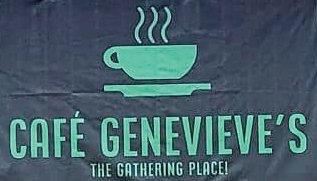
People in Klickitat County are raising quail in their backyards as an alternative or addition to raising chickens. Some of the benefits of raising quail are they
are smaller than chickens, so they’re perfect for someone who doesn’t have a lot of space. They also mature faster than chickens and begin to lay eggs at just eight weeks, as opposed to the 20 weeks it takes for a chicken to begin laying. Yes, the eggs are smaller,
Your local source for logo design & development, embroidery, screen printing, and promotional items. We can put your logo on almost anything imaginable.






509-493-2806
SummitEmbroideryWorks.com



info@summitembroideryworks.com

805 S Steuben, #3, Bingen, WA 98605
and each bird has less meat on it. But quail meat is considered flavorful and nutritious, and the eggs have a creamier taste due to their high fat and protein content. It takes about four quail eggs to
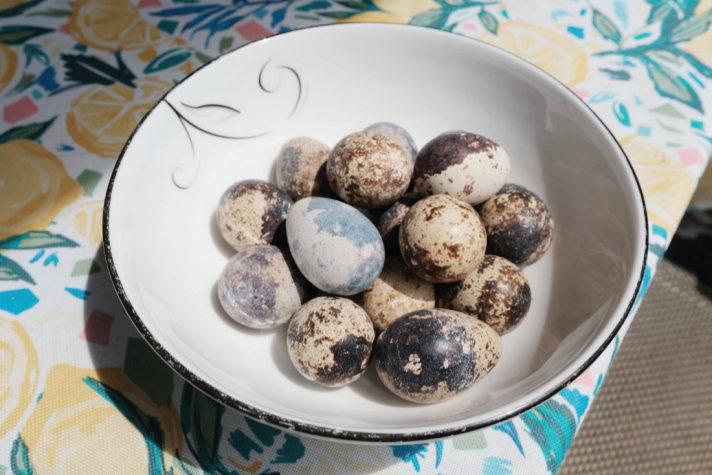
equal the size of a chicken egg. You can order quail from the internet and have them shipped to you either as live chicks, or you can have fertilized eggs shipped to you if you own an incubator. Summer Ambrosini of Goldendale ordered 10 Coturnix quail chicks from Wisconsin and ended up with five roosters and five hens. She kept just a couple of the roosters since you’re supposed to have a twoto-five ratio of males to females with quail. Coturnix quail are known for being quiet and calm, something that Ambrosini said she valued since she lives within city boundaries and doesn’t have to worry about the quail annoying her neighbors.
Coturnix are a popular species of quail to raise, but other popular species include the Bobwhite quail, California quail, Gambel’s quail, and Blue Scale quail. Quail startle easily, and they have a habit of jumping straight up in the air when they’re frightened, so it’s
recommended they be kept in an enclosure no taller than 10 inches. This ensures they can’t reach a high enough velocity to hurt themselves if they hit the roof. They also can’t be kept in openair enclosures like chickens, since quail can fly away.
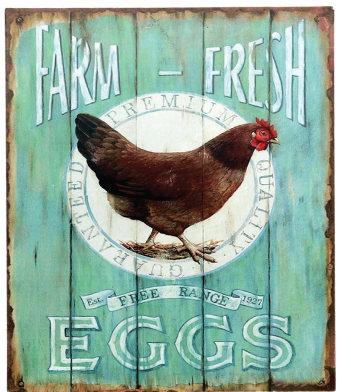



Bryan Wood of Goldendale purchased his quail eggs from a seller on Ebay and incubated them at home. At-home incubators start at $20 for the cheapest models, though there are more expensive models that rotate the eggs, as is necessary during athome incubation. Wood raises Coturnix as well and enjoys being able to add this natural food to his family’s diet. “We already had chickens. A variety of food sources to me is interesting,” declares Wood. He said the shells are more difficult to remove from the egg than chicken eggs, but selling quail eggs might be a good investment, since the eggs sell for 80¢ each at the grocery store. “If you’re serving them wrapped in bacon and you’ve got friends over, it’s a good conversation starter.”
The quail-raising conversation has started here in Klickitat County, and we’ll see if quail begins to compete with chicken in popularity.

 § The End
§ The End

Goats are a common sight at county fairs. We’re used to seeing them being shown by 4H or FFA kids for meat or dairy. But did
you know there are other goat competitions at the Fair? Pack Goat Agility is one of them. Imagine a dog agility course: jumping over barriers, climbing inclines, the balance beam, and the teeter-totter. But instead of
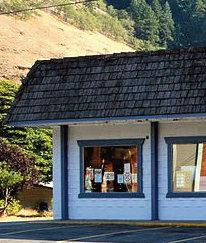

dogs doing all this, people are training pack goats to be able to compete in this same kind of obstacle course.
Pack goats are used by people to carry their gear while venturing into the wilderness, whether it’s going on a long hike, camping or hunting, or any other task where you’ll have to take supplies into the wild. A pack goat can carry up to 30% of its body weight, using a double-sided saddle or pannier, a kind of pack that hangs over both sides of the goat. There are benefits to using a pack goat to carry your stuff as opposed to the more traditional horse or mule. Goats are smaller, so they’re cheaper to maintain. They’re built for climbing, so they make intrepid trail companions. And a well-trained pack goat will bond with its owner and stick by their
Stick to the Basics
Curbside pickup:
• Aluminum & tin cans, cardboard, paper, plastic bottles, jugs, & tubs
Drop-off only:
• Appliances, electronics, glass, moderate risk waste, & scrap metal



Make reducing your waste your first step. How?
side, so they don’t need to be led.
Pack Goat Showing is an official event at the Klickitat County Fair with a judge who picks the best in show, and with the growing popularity of Pack Goat Agility, some people are hoping to see that become an official event at the Fair as well.
Brad Thurkow moved to the area about five years ago and began farmsteading when he and his wife fell in love with goats. They became involved with 4H and FFA and started lending out some of their 32 goats to young people, so they could experiment with the less mainstream goat competitions they wouldn’t normally have participated in.
Recycle these items:
• Shredded paper
• Plastic clamshells (e.g., salad/strawberry containers)
• Plastics (unless bottles, jugs, or tubs)
• Food-contaminated boxes or containers (such as dirty pizza boxes)
• Choose products made from recycled material.
• Purchase items that are reusable. Ditch the disposables and plastics!
• Buy secondhand whenever possible.
• Repurpose items for a new use.
• Repair items to extend their lifecycles.
• Donate useable items instead of throwing them away.
To reduce contamination, which affects our recycled material marketability, we have implemented the following: • Republic Services is tagging bags with noticeable contamination and will not collect them until the contamination is removed.

• Know before you throw! Search the Waste Wizard disposal tool

Thurkow noticed the opportunity for new kinds of goat competitions at the Fair when he saw how difficult it was for some young people when they knew the animal they raised was going to slaughter. “They love their animals, and they want to do something else with them,” said Thurkow. “With the Agility competitions, the kids can compete with their goats.”
Thurkow has seen firsthand the enjoyment young people can experience with training goats. He recently started teaching Isaiah Madrid how to compete in Pack Goat Agility. At 11 years old, Madrid is already showing skill and ability. Thurkow said Madrid had an instant bond with one of the goats named Biff. “Within an hour he said, ‘This is better than an iPhone,’” said Thurkow. Madrid comes to Thurkow’s farm north of Goldendale three or four times a week to train in Pack Goat Agility, and Madrid will be
showing all of Thurkow’s goats at the Fair this year. “I felt like he’d be a good match for me,” said Madrid of Biff.


Training for the Pack Goat Agility competition involves leading the goat through the various obstacles on the course, like the log jumps where a goat has to leap atop a log and stand on it with all four hooves, and the kiddie pool wade, important because goats normally don’t like water but will have to be able to overcome their fear in case they encounter water in the field.
The Pack Goat Agility Course is currently an event at the Klickitat County Fair with awards given out to winners, but it’s not officially judged. Sonya Shields, the Livestock Superintendent for dairy and market goats at the Fair this year, had optimistic words to say about the future of pack goat agility at the Fair. “It would be great if we could get more people to do the pack goats.”

Another potential goat competition that could be seen at the Fair one day is Goat Cart Races, a kind of chariot race
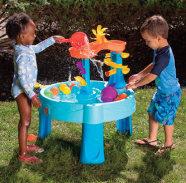
where goats pull riders on carts behind them to see who makes it to the finish line first. Whether or not this will take off as a serious competition is yet to be seen. Either way, it’s nice to see goats being appreciated for their myriad capabilities.
§ The End















 Zachary Villar For The Sentinel
Zachary Villar For The Sentinel


Hay has a long history in Klickitat County. You might
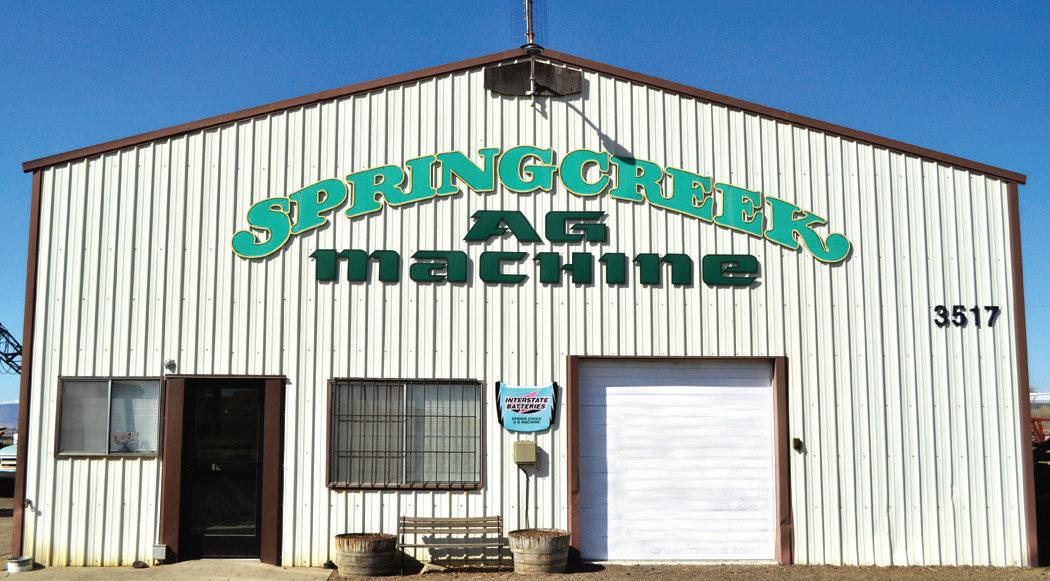

even say that hay and the county go hand in hand; you can’t have one without the other. The lifelong friendship between the two started in the late 1800s
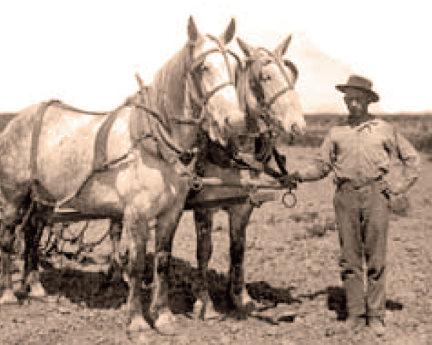








when settlers in the area began cutting down the prairie grass to grow crops. The introduction of irrigation helped increase hay growth, although irrigation wasn’t as popular in Klickitat County as it was in the lowlands along the Columbia. A report from 1892 shows just 1,702 acres in Klickitat County were irrigated.
The production of hay generates around $450 million annually in Washington State, with about half of that being exported overseas and most of it going to the Asian market. But back in the day, hay was grown mostly for local consumption. There are many in Goldendale who remember those good old days. One of those is Rex Maurer, whose father, Max, had a hand in the production of hay crops such as alfalfa in the
early 20th century. Maurer’s father was born in Germany and came to America around 1918 when he was a boy. Maurer’s grandmother brought the family on a train across the country to Goldendale, where she worked as a cook for men threshing wheat.
“Originally, they grew wheat in this county, and they still do,” said Maurer. “But then they needed some sort of a rotation. So they started experimenting with alfalfa.” The local dairymen found that the protein-rich alfalfa helped their cows produce more milk than the grass hay they had been using previously. When Maurer’s father came of age, he opened a store in Goldendale that sold Case farm machinery and livestock feed. The store stood on the corner of Main Street and
Golden Avenue where there is now a parking lot.
In 1900 hay was still harvested by hand with the use of horsedrawn mowers and wagons. But by the 1930s, mechanization began to play its part in the harvesting of hay as the use of tractors began to become more popular. Maurer’s father sold some of the earliest baling machines when they were introduced in the 1940s. He said his father went into the
Case Corporation and saw the blueprints for their prototype baler that would help to change the haying industry.

Maurer’s father purchased all 13 of the prototype balers that Case built and sold them at his store in Goldendale, and they were used to bale hay from Roosevelt to White Salmon. Balers like these were a major contribution to the haying industry in the United States.



“All of the hay before was put

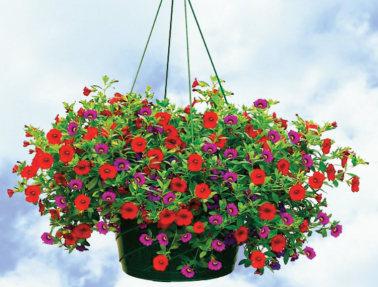

2023 Klickitat County Harvest
up loose or you hauled it loose to a stationary baler,” said Maurer. The baler would be pulled behind a tractor where it would travel down the windrow, or row of hay, that had been piled up and allowed to dry, and it would collect the hay in a chamber where two men riding along would assist in the actual tying of the bale. Then the tied bale would drop out the back of the machine. “Picking these up one at a time was kind of a pain, so one evening my father put a sled together and hooked it on the back of this baler,
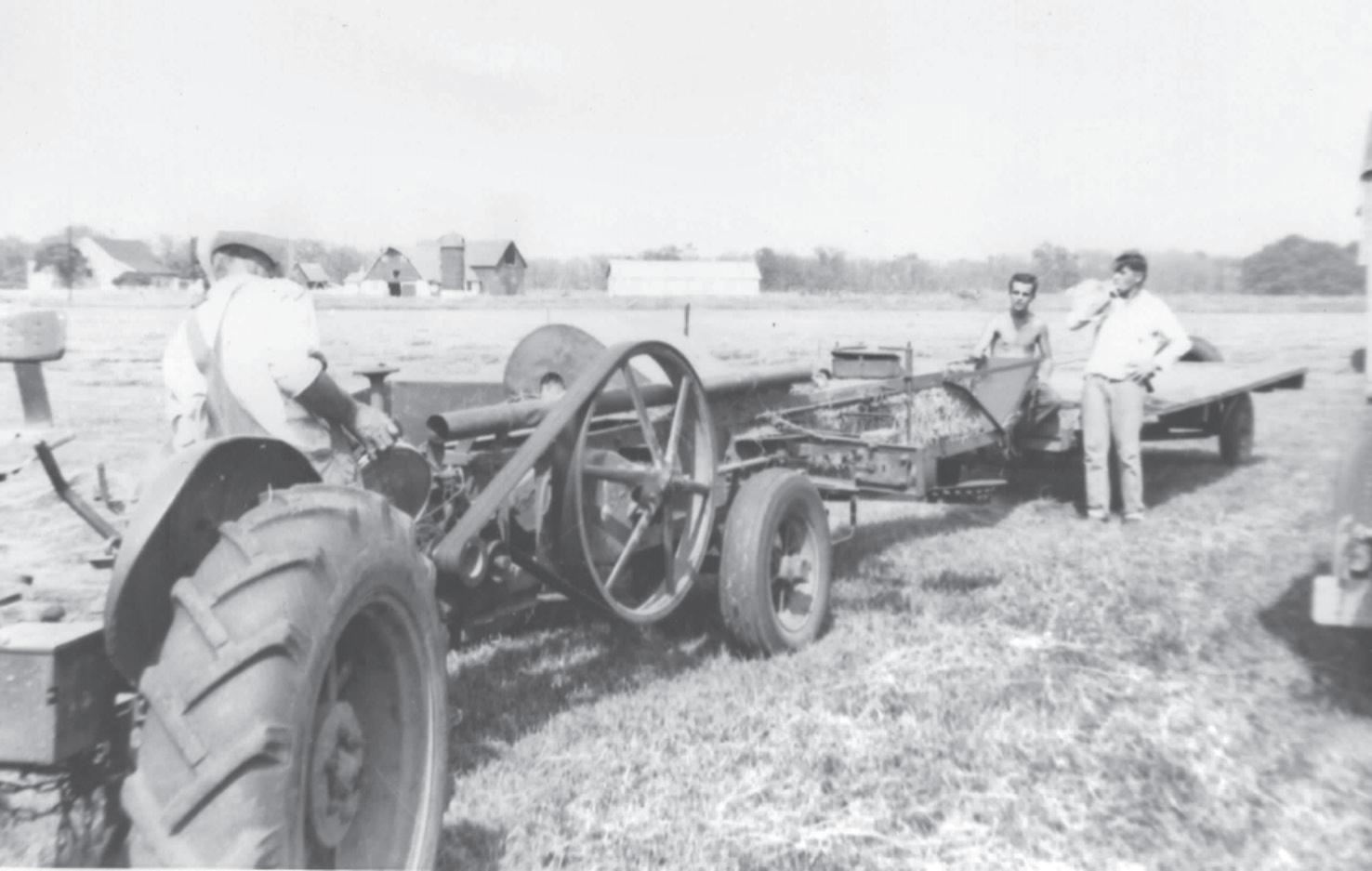

and that way you could put eight or 10 or 11 bales or whatever you wanted on a sled.” By the early 1950s, balers were invented that automatically tied the bales of hay, so you didn’t need two guys riding on the back getting hay blown in their faces.
It can’t be denied that hay has played an important part in the history of this area. If you drive through the rural portions of Klickitat County today, you’re likely to find yourself entranced by the fields of grass and alfalfa swaying in the breeze. And you’re





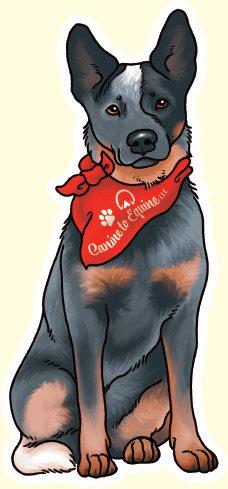
you’re out driving, and you see a herd of healthy horses that look well-fed and happy, tip your hat to the farmer who helped provide their feed. Hooray for hay!

Zucchini season—the time of year that makes even the most carefree of us glance about in anxiety and trepidation when we enter a rural community.
From the end of July into the middle of September, people who are ‘in the know’ are careful to keep their car doors locked when they leave the relative safety of their homes to venture out, for fear they will come back to their vehicle and find zucchini on the seat. The uninformed person has no clue there might be someone lurking about to catch them offguard with the opportunity to ‘bless’ them with the bounty of a zucchini plant gone wild, but for those of us who know, well, it is a troubling time. The problem is, this member of the squash family
is never left when it is a nice salad size; no, it is left when it weighs enough to have to put a seat belt on it, so the no-seatbelt warning won’t go off.


Taking a hiatus from parking your car in populated areas does not necessarily safeguard you from receiving a gift of this specific member of the Cucurbita pepo plant. There are always those very crafty gardeners who have perfected the ability to sneak zucchini into your house when they come to visit. Vigilance is needed, along with hyper-sensitive suspicion, when guests call during the dog days of summer. Keep a close eye out, especially for those who knock on your door wearing a trench coat in August because more than
likely, it is not because rain is in the forecast.





There is a curious thing about zucchini—a phenomenon, really,
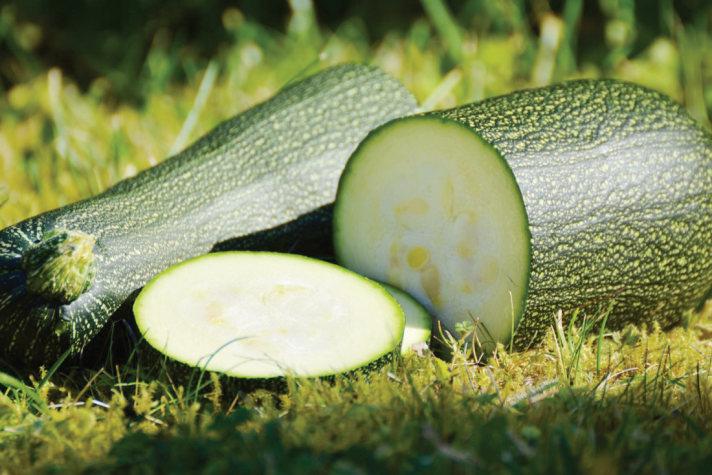
that although the courgette is readily vilified during its prolific growing season, all over the
Continued on page 18

WED, AUG 16, 2023
8 am: Fair Office open
Little Arena:
8:15am: Vet Check for Haul In/Out Only
8:30am: Open Showmanship
9:00am: Leadline
9:30am: Open Western Eq
10:00am: Leadline Costume
10:30am: Open Bareback Eq.
11:00am: Leadline English Eq.
11:30am: Open English Eq.
Noon to 12:30pm: Lunch Break
12:30pm to 2:30pm: Reining
Big Arena:
8am-Noon: HORSE CLASSES Begin: Peewees followed by Junior, Intermediate, Senior, and Adult SHOWMANSHIP
Noon-1pm: Lunch
1pm-3:30pm: Halter




Noon-2:30: Rabbits, Poultry, Cavies brought to Small Animal barn, vet checked, & caged
2-4 pm: ALL LIVESTOCK UNLOADED, VET CHECKED/ WEIGHED. No animals allowed in barns before 2 pm
2:30pm: Rabbit, Poultry & Cavy exhibitors meeting.
4 pm: Miniature Horses/Ponies check-in; MUST BE VET CHECKED BEFORE STALLING.
5:15 pm: Livestock exhibitors meeting
5:30 pm: Ranch Sorting in arena
10 pm: CURFEW - all animals should be checked and barns cleared of exhibitors
THU, AUG 17, 2023
7 am: Fair Office open • All stalls & alleys must be cleaned • Fair Board Meeting
8 am: Still Life Bldg opens • Swine Exhibitors Meeting in showring
8 am: Rabbit Pelt/Fiber, Poultry Barn Little Arena:

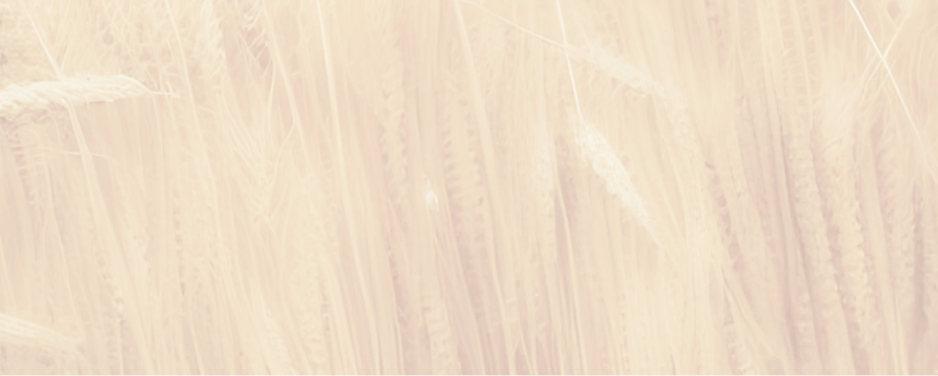


8 am to Noon: Trail Class
Noon-12:30pm: Lunch
12:30-2:30pm: In Hand Trail
2:30-3pm: IHOR Big Arena:
8am-noon: HORSE CLASSES Begin: Peewees followed by Junior, Intermediate, Senior, and Adult. Starting with Western Pleasure, followed by Western Equitation and Bareback Equitation.
8:15 am: Goat (dairy, meat, & fiber) Exhibitors Meeting at the showring
8:30 am: Dairy Goat Breed stock classes followed by Market Goats and Meat Goat breed stock classes, then followed by Fiber Goat Classes
8:30 am: Market Swine classes begin, Breeding and Open Classes to follow
8:30 am: Market Lamb classes begin, Breeding and Open Classes to follow.
9 am: Cavy Showmanship followed by Confirmation Classes.
9 am: Miniature Horse classes begin.
10 am: Beef Exhibitor Meeting, followed by Market, Breeding and Open Classes
11 am: ENTERTAINMENT BEGINS, RENO STAGE
1 pm: Peewee Swine Showmanship • Rabbit Showmanship; confirmation
classes follow
2 pm Goat Groom Squad
4:30pm: OPEN AND FAMILY PENNING
5 pm-7 pm: KICK-OFF BBQ
6 pm: Archery fun shoot, Joan Frey Arena
7 pm: COWBOY AUCTION
8 pm: Penning Finals, Family Penning First
8 pm: Still Life Building closes
8 pm: Rabbit & Poultry Building closes
10 pm: CURFEW - all animals checked and barns cleared of exhibitors
FRI, AUG 18, 2023
7 am: Fair Office open • All stalls & alleys must be cleaned • Fair Board Meeting
8 am: Still Life Bldg opens
8 am: Sheep Showmanship begins
8 am: Swine Showmanship begins
Big Arena:
8 am-noon: •HORSE CLASSES Begin: Peewees followed by Junior, Intermediate, Senior, and Adult. Starting with English Pleasure, followed by English Equitation and Discipline Rail.
9 am: Poultry Mkt Classes • Dairy Goat Showmanship adult followed by Market Goat youth classes
9 am: Beef Showmanship begins
9 am: NO Miniature Horses this year
11 am: ENTERTAINMENT BEGINS, RENO STAGE
Noon: Dairy Cattle Classes, Open
classes follow
1 pm: All-Around Showmanship Contest (Beef, Dairy Cattle, Dairy Goats, Meat Goats, Sheep, Swine and Horses.)
2 pm: Pack Goat Showmanship and open Pack Goat Class
3 pm: Open Branding begins; finals follow; Western Games Awards presented before Branding Finals.
6 pm: Archery 3D Shoot
8 pm: Still Life Bldg closes • Rabbit/ Poultry Bldg closes
10 pm: CURFEW - all animals checked and barns cleared of exhibitors
SAT, AUG 20, 2022
6 am: Work Arena and Stock
7 am: Fair Office opens • Fair Board Meeting • All stalls and alleys must be cleaned.
7:30 am: Dog Check-in

8 am: Dog Showmanship begins followed by Obedience classes
8 am: Goat Milking Contest
8 am: Small Animal All Around, Poultry Barn
8:30 am: Dairy goat Milking Contest
8:30 am: County Team Roping
9 am: Still Life Building opens
9 am: PARADE PARTICIPANTS ASSEMBLE at Goldendale Primary School
9 am: Cavy agility Poultry Barn
9 am: Rabbit Hopping Poultry Barn
9 am: Open 3D Archery Shoot sign up at 8 am
9:30 am Horse Exhibitors Mandatory Meeting, Joan Frey Arena.
10 am: DOWNTOWN PARADE STARTS
11 am: ENTERTAINMENT BEGINS, RENO STAGE
11:45 am: Parade of Champions lineup
12:15 pm: Hay/Grain King awards presented


12:30 pm: RODEO starts
1 pm: Small Animal Costume/Drags, Poultry Barn
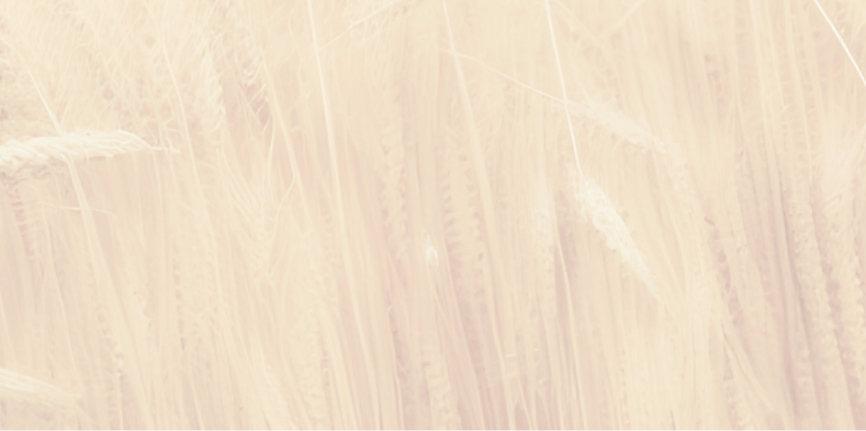
2-3 pm: Rabbit Judging Contest, Poultry Barn
3 pm: Dog Bench Show ends
4-7 pm: Steak Dinner, Grass Area by Joan Frey Arena
5 pm: MARKET STOCK SALE Begins
8 pm: Still Life Building closes
8 pm: Rabbit & Poultry Building closes
9 pm: Band/Dance
10 pm: CURFEW - all animals checked and barns cleared of exhibitors
SUN, AUG 20, 2023

6 am: Work Arena & Stock
7 am: Fair Office opens • Fair Board Meeting
8 am: All stalls/alleys cleaned
8 am: RODEO SLACK BEGINS
8 am: Small Animal Jeopardy, Poultry Barn
9 am: Dog agility followed by judg-
ing, dog bowl & costume contests. Must have completed showmanship & obedience Saturday.
4:30 pm dogs released.
9 am: Goat awards at Goat showring followed by Calling Contest and Agility
9 am: Still Life Building opens
9:30 am: Horse Exhibitors MANDATORY MEETING, Joan Frey Arena
10 am: Grace Brethren Service, Reno Stage
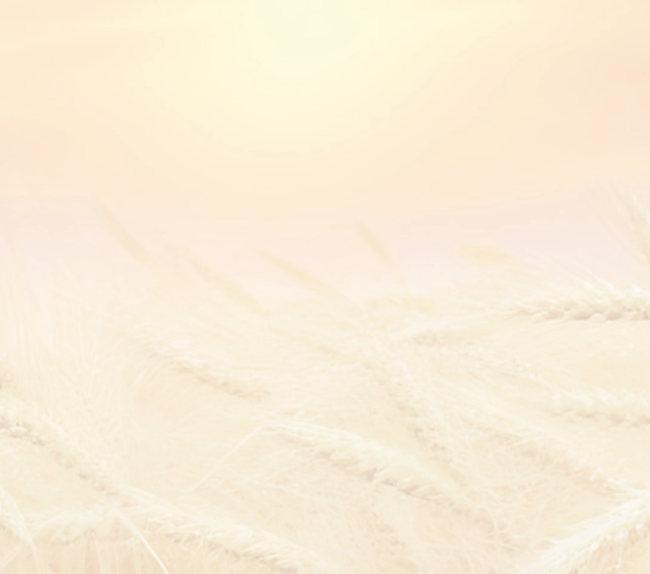
10 am: Livestock Judging Contest
10:30 am: ENTERTAINMENT BEGINS, RENO STAGE
12:15 pm: LIVESTOCK PARADE
1 pm: 4 pm: State Fair Sign-up - 4-H Dept.
1 pm: RODEO starts
3 pm: 4-H Awards, Reno’s Stage • Barns Closed for Market Stock animals loaded out
3 pm: HORSES RELEASED STALLS CLEANED & DECORATIONS REMOVED
3:30 pm: Still Life Building closes for exhibit take down; reopens at 4:00 pm for exhibit pickup. No exhibits released until 4:00 pm.
4:30 pm: ALL LIVESTOCK EXHIBITS RELEASED
Decorations removed and stalls cleaned
5 pm: Still Life Building closes. Any exhibits not claimed taken to Fair Office
Continued from page 15



country even seasoned gardeners still insist on putting more than two seeds in the ground. It’s as if the plant has mystical powers to wipe all knowledge out of a person’s memory from year to year as to just how they are going to do away with all their overgrown zucchini plunder at harvest time.
To be fair, those who are new to gardening don’t always know the copious amount of zucchini a single seed will produce. My late husband loved everything
zucchini, so he was as giddy as could be when he planted it for the first time, but when harvest season came, we learned the hard way that 17 hills of it was just a bit much.

Friends and family started putting zucchini stipulations on our visits and would frisk us at the door. My favorite aunt heard about the ‘zucchini invasion’ at our house and sent a hand-made recipe booklet called, strangely enough, “Zucchini” she had gotten from some other relative. I always wondered if it was sent to her for the same reason she sent it

to us.
If you do happen to be one of those unsuspecting people who have received a generous gift of zucchini, an experienced cultivator who knew better but slipped a cog and planted too much, or are new to the garden and planted umpteen hills of the superabundant vegetable, don’t panic—there are recipes out there just for you. I am happy to share just a few out of my beloved booklet for an entire meal with zucchini in every dish. Enjoy the bounty!
Zucchini Salad
35 minutes before serving, stir together and refrigerate:
½ C Pickle Relish


2 Tbsp Cider Vinegar
1 tsp Sugar
1 tsp Salt
1 lb Sliced Zucchini
Remove from refrigerator and toss with choice of lettuce.
Line salad bowl with Romaine leaves and fill with salad.
Casserole Italiano

Cooked in salted water for 2-3 minutes:
1 qt. Sliced Zucchini. Drain well.
Sauté:








1 lb Ground Beef

1 C Chopped Onion
½ tsp Oregano


1 Clove Garlic – crushed
1 tsp Salt
1 tsp Basil
¼ tsp Pepper
Stir in:
2 C Cooked Rice
8 oz Tomato Sauce
Blend:
1 C Cottage Cheese
1 Beaten Egg


Arrange ½ zucchini in buttered casserole dish. Add: ½ cheese and egg mixture. Add
½ ground beef & rice mixture. REPEAT

Sprinkle 1 C grated cheddar cheese over top.
Bake at 350 degrees for 20 minutes.
Sauteed Zucchini
2 md Zucchini – ¼” slices
2 lg Eggs, slightly beaten
2 C Seasoned dry breadcrumbs
Dip zucchini first in egg then in crumbs. Fry low heat for 2 minutes each side until lightly browned.
Zucchini Bars
2 C Sugar
20
2023 Klickitat County Harvest

4 Beaten Eggs
1 tsp Baking Soda
2 tsp Baking Powder
1 tsp Cinnamon
1 ½ C Flour
1 C Sour Cream or Crisco Oil
2 C Grated Zucchini
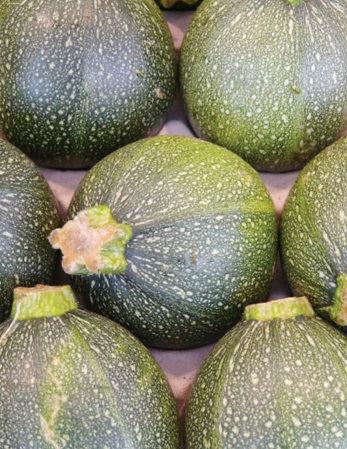
1 C Chopped Walnuts (optional)
1 C Coconut
Mix eggs and sugar. Sift remaining dry ingredients together and add to egg mixture. Add in zucchini and sour cream (or oil) then stir in nuts and coconut.
Line 11 x 16 pan with parchment paper (or grease and flour). Pour batter into pan. Bake at 350 degrees for about 40 minutes or until it tests done. Cool & frost.
Frosting
½ C Butter (1 stick)
3 oz Cream Cheese
1 tsp Vanilla
2-3 C Powdered Sugar
Mix butter, cream cheese, and vanilla until smooth. Gradually add powdered sugar and mix until desired consistency is reached.
–Peggy WoodardThe Goldendale Community Garden has been growing well this summer. At the moment, they have a variety of plants that are flourishing throughout the garden. There’s rhubarb, lettuce, parsley, sunflowers, tomatoes, peppers, squash, onions, and more. Walking into the garden, located next to the Goldendale Swimming Pool, you’re greeted with many garden boxes filled with lush, leafy green plants and tall, bright sunflowers waving in the breeze.
The Community Garden lives up to its name, as there seem to be people from all throughout the community who are using
the site to grow and enjoy plants. The FFA students from the Goldendale Middle and High Schools donated surplus plants from their annual plant sale to the Community Garden. Lori Anderson and Kathy Keller, along with some of the lifeguards from the swimming pool next door, cleared a few plots and planted those donated plants, and the kids from the swimming pool summer camp, along with the camp counselors, help maintain those plots. They also harvested zucchini from the garden and made zucchini bread. Some locals are growing interesting produce in the Community Garden. Doug Moe of Goldendale rents four 4’x16’ plots where he grows beans,
lettuce, beets, radishes, carrots, spinach, and sweet corn. He also grows a variety of strawberry Fragaria, or Ogallala strawberry. They are an everbearing variety, meaning they produce multiple times throughout the growing season. “They bear in the spring through the first week of June, then stop until about mid-July, and the summer-fall crop can last until late October, depending on when freezing temperatures and/ or rainy weather arrives,” said Moe. “My paternal grandfather grew these strawberries in his garden back in the 1960s, perhaps even further back than that, until he retired from farming in the mid-1970s. They are a great tasting berry, and if you ate some you might never buy strawberries at the local grocery store again.”
Surplus produce from the Community Garden is donated to community meal sites in Goldendale. Anderson said she’s excited that she, along with five of her coworkers from the Klickitat County Planning, Public Works, and Human Resources Departments, is volunteering to cook meals for the community
at the Methodist Church every third Thursday of the month, incorporating donated produce from the Community Garden. So even if you’re not growing plants yourself at the Goldendale Community Garden, there’s a chance you or someone you know might be eating something that was grown there. Having a resource like this gives people a chance to enjoy working outdoors, especially during these pleasant, sunny months of the year.
The Father’s House Fellowship, on the other side of town at 207 South Klickitat Street, has had a community garden in the past, but this year their regular garden tender left. They are currently looking for someone to tend the garden for next year, so if you’re interested in that, you can contact them at (509) 773-4719.
With everyone’s efforts and hard work, Goldendale will continue to see hearty plants being grown and cared for by its locals. They say it takes a village, or in this case, a community.
§ The End
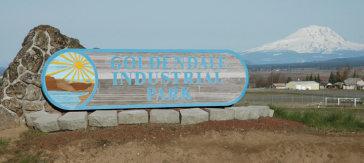

Building-ready, zoned light industrial, close to highways, rail, and the Columbia River, we welcome new business.
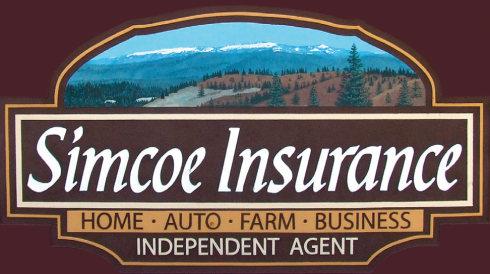
Properties and buildings available for lease, rent, or purchase.
Prices and terms negotiable.
• Abundant, Low Cost Energy
• Infrastructure In-Place
• Ready Workforce
• Financing & Incentives
Worlds away from busy city life just two hours from Portland, Oregon
• Magnificent Scenery - on the dry side of Washington State
• Home of the renowned Goldendale Observatory and the Goldendale Pumped Storage Project

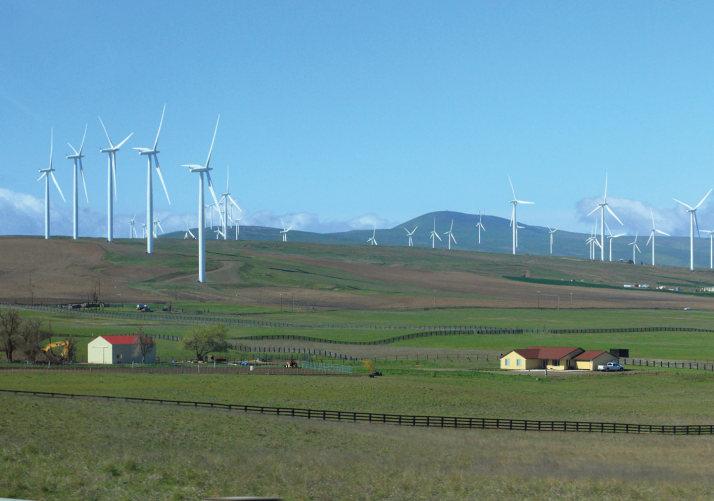
• Growing Wine Industry
• Learn more at experiencegoldendale.com


The Grange organization is just as important today as when founded in 1867 (then called the Patrons of Husbandry) to progress agricultural techniques as well as to promote the social and economic needs of farmers across the United States.
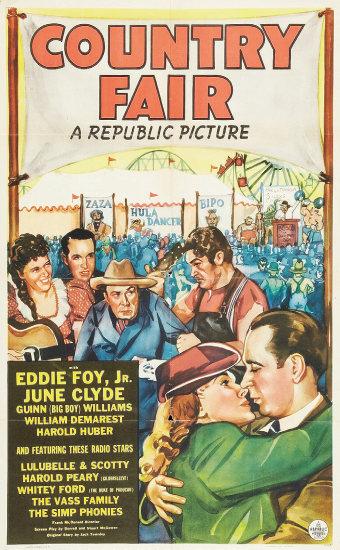

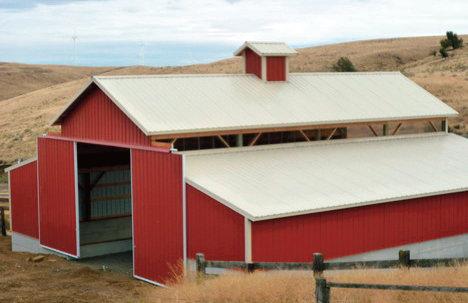
There are four levels of Granges: local/community, called subordinate Grange; county/ regional, called Pomona Grange; State Grange; and National Grange. Once you are a member of a local/community subordinate Grange, you can participate at the higher levels as you feel led.

Grange was ahead of its time by involving women alongside men with officer positions and voting rights. Today with Junior and Youth Grange programs, children
from age 5 to 19 have a chance at the same experiences. This makes Grange a family affair.
Today the Grange has kept true to its foundational core, keeping members informed with educational programs on a vast variety of current topics, ranging from agriculture in crops and vineyards, wildlife versus livestock, food preservation, alternative power sources, and suicide awareness and prevention. Whether agriculture, conservation and ecology, education, fish and wildlife, healthcare and safety, taxation or transportation, Grange keeps up to date with legislative initiatives at both the state and federal levels to continue being knowledgeable and to have our voice heard. Grange actively lobbies state and federal legislation for nonpartisan political goals to best
represent and serve its members. It has always been strengthened in its diversity and non-partisan legislative views.
As a Grange member, you can receive discounts on car rentals, hotel accommodations, prescription drug coverage, and more.

National Grange encourages local Granges to be highly involved in charitable activities in the local community. Klickitat County Granges support local food and clothing programs, offer scholarships to young adults in furthering their education, and raise money for individuals or other community organizations in need. In the dispensing of charity, the Grange often does this privately and not necessarily for recognition.

Individuals and families of Grange have an opportunity to





socialize and enjoy the company of others with potlucks, talent shows, and many other activities year-round. There are special contests and mini fairs at local, county, state, and national levels throughout the year for members of all ages to shine at what they do best. Some such contests are photography, baking, art, food preservation, weather tracking, gardening, welding, woodworking, sewing, and so much more.
The National Grange Youth Fair Program offers kids from 5 to 19 the opportunity to exhibit at county fairs that have recognized and approved the program. This program works alongside other nationally recognized programs such as 4-H and FFA. Its mission and purpose are to provide youth Grange members the chance to participate in an educational setting designed to increase confidence, strengthen character, and teach the importance of self-discipline. The program
encourages learning opportunities involving all generations, working with volunteer adult leaders, and exhibiting the results of the projects at county fairs.




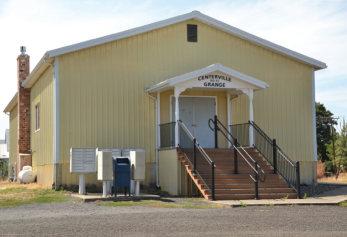


Grange is spread “County Wide” with “Country Pride,” and in Klickitat County it has seven active Granges to choose from. Whether in Bickleton, Centerville, Glenwood, Goldendale, Lyle, Trout Lake, or White Salmon, there’s a Grange just right for you and your family. Grange would love to welcome you to its family! Check out our Klickitat County Pomona Grange booth in the still life building for more information or go online to: www. wa-grange.com and find out what Washington State Grange can offer.

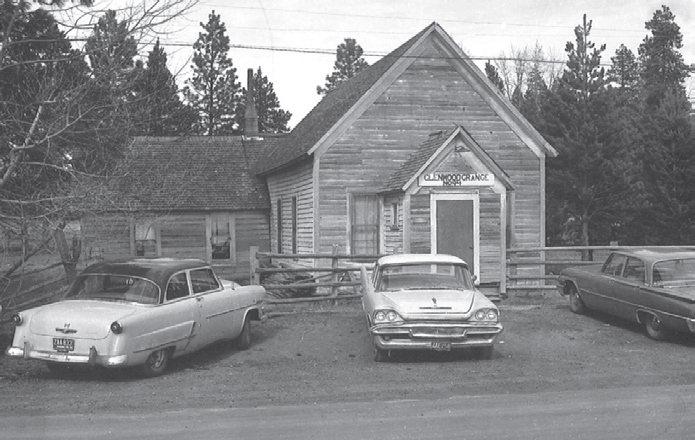
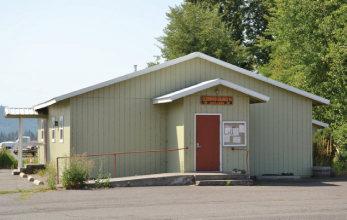

§ The End




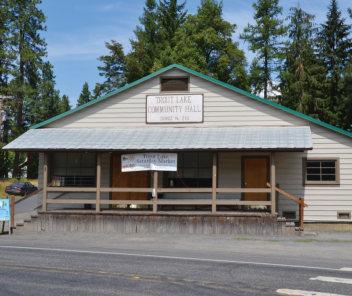


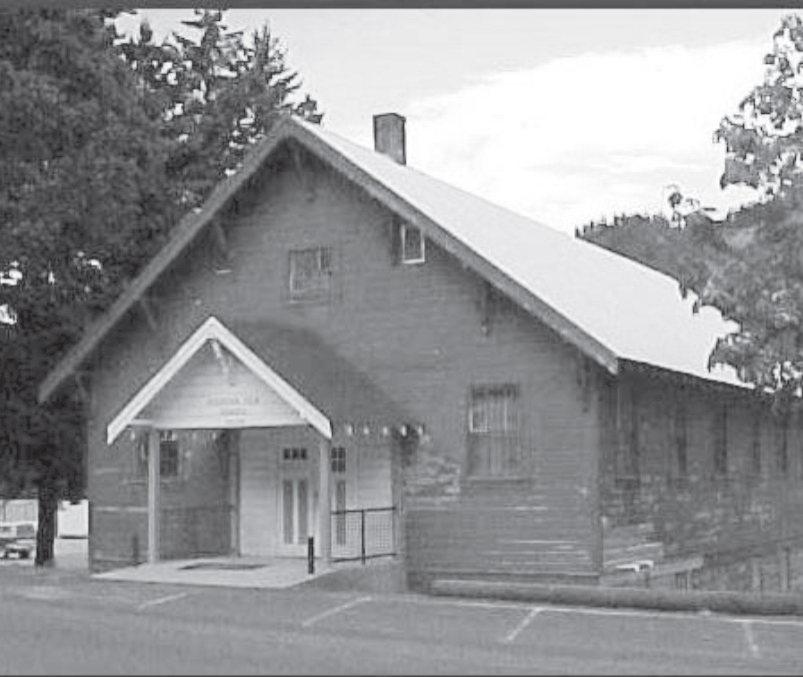

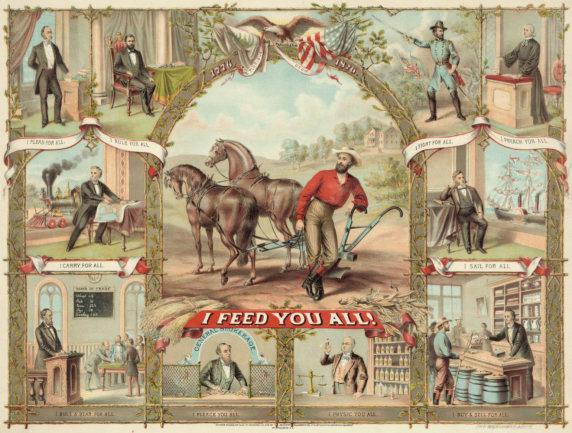







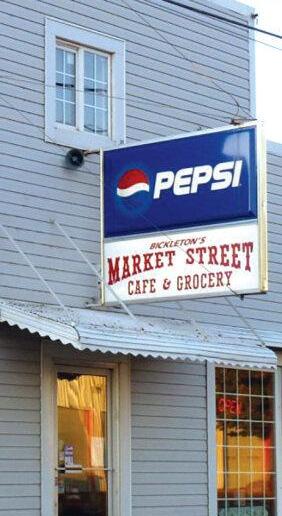 Melinda Myers
Melinda Myers
Boost your fall garden harvest with some midsummer plantings. Fill vacant spaces left in the vegetable garden after harvesting lettuce, spinach, and other early maturing crops. Expand your edible plantings to other vacant spots in flowerbeds, mixed borders, and containers.
Sow seeds of beans, cucumbers, carrots, beets, and other vegetables that will have time to reach maturity before the end of your growing season. Simply count the number of days from planting to the average first fall frost in your area. You’ll find frost dates for your location on the internet, extension publications, and other gardening resources. Next, check the back of the seed packet for the number of days needed from planting until harvest. As long as you have enough time for the seeds to sprout, grow and produce before the first frost, they can be added to the garden.
Some plants like collards, kale, and broccoli tolerate, and even taste better, after a light freeze. This makes them great choices for a fall-harvested garden. Some garden centers sell transplants of these and other vegetables suitable for summer planting. Check the plant tags for the number of days needed for transplants to grow and start producing.
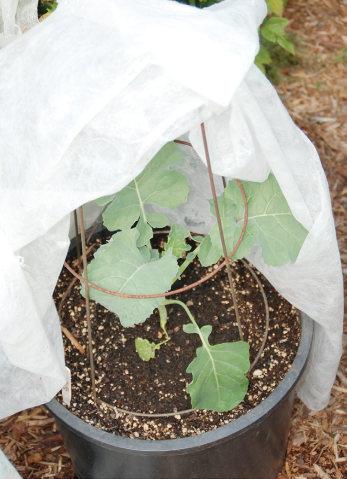
Extend the harvest season by providing frost protection in the fall. Cold frames and cloches that act like mini greenhouses for individual plants protect the plants from frost. Vent them on warm sunny days and close the
lids when frost is in the forecast. Use floating row cover fabrics for an even lower maintenance

option. They are designed to let air, light, and water through to the plants while protecting them from frost. You will find row covers available in various weights that

provide different levels of cold weather protection. Select the one best suited to your climate and the vegetables you are growing.
Loosely cover the plants with




the fabric and anchor the edges with stones, boards, or landscape pins. Just lift the row cover to harvest, recover, and leave it in place until the harvest is complete, or the temperatures drop below what the row cover and plants can handle. Wait for the soil to cool before planting lettuce, spinach, and other vegetable seeds that require cooler temperatures to germinate. Increase germination success by planting the seeds as directed, watering them in, and covering the row with a wooden lath to keep the soil cooler.
Remove the lath as soon as the seeds sprout. Or start the plants indoors and move them into the garden as transplants. Then help keep the soil cool throughout the remainder of summer by mulching with leaves, evergreen needles, or other organic mulch. Increase the health and productivity of your second planting by preparing the soil before planting seeds and transplants. Mix an inch of quality compost into the top six inches of soil or fertilize with an organically rich low-nitrogen fertilizer.
Once your seeds and transplants


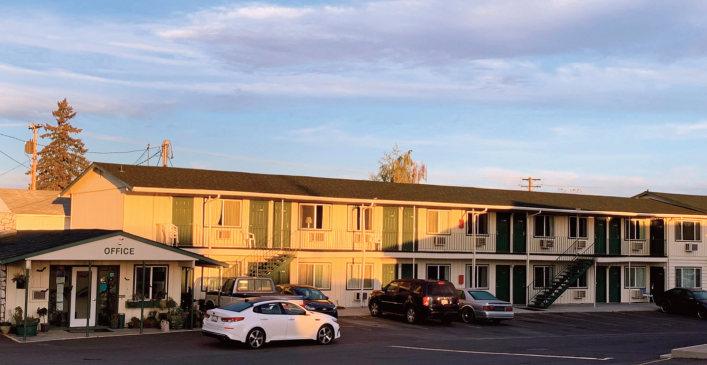
are in the ground, be sure to water them properly. Keep the seedbed and roots of transplants moist for the first few weeks. Gradually reduce the watering frequency as seedlings sprout and grow, and transplants become established. Most plants need about an inch of water each week. Water thoroughly whenever the top few inches of soil are crumbly and slightly moist. Adjust your watering schedule based on your weekly rainfall, soil type, and air temperatures.
Harvest vegetables when they are at their peak of ripeness and early in the morning after the dew dries whenever possible. Regular picking avoids waste and results in a bigger harvest of flavorful and nutritious vegetables to enjoy throughout the fall.

§ The End



The extreme heat and drought of 2021 across much of the country have turned many lawns brown. Damaged lawns may be thin, contain dead patches, or are overrun with weeds.
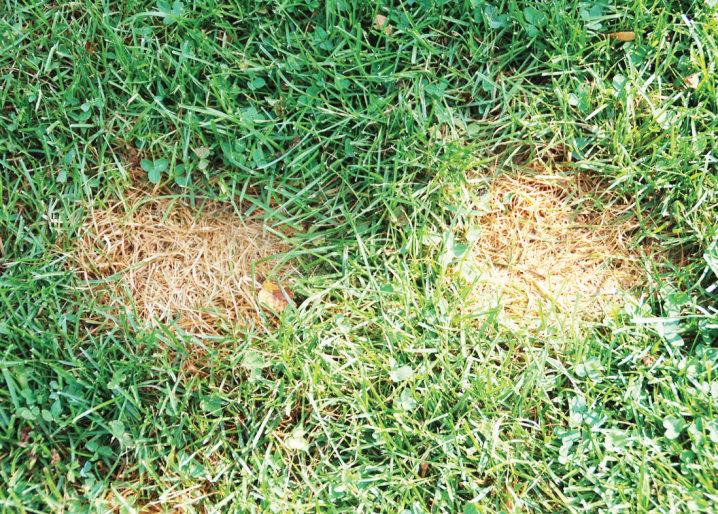
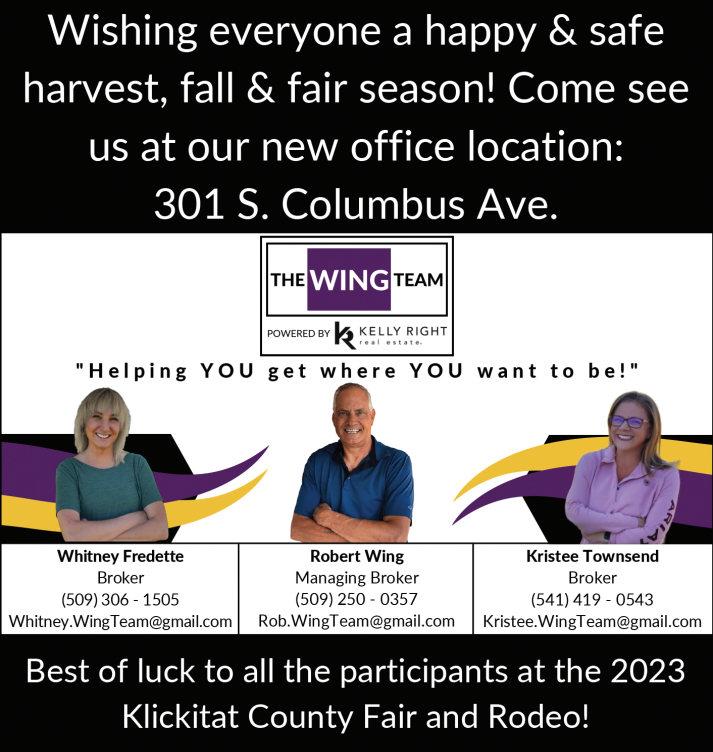
Fall is a good time to improve the health and appearance of a weather-worn lawn. Start the process by evaluating the damage. Then plan a course of action and be prepared to follow through as needed with proper care.
Fall fertilization can help improve thin lawns and those with numerous small dead patches the size of a baseball or smaller. Apply fertilizer in early September to help lawns recover from summer stress while encouraging denser growth and deeper, more drought-tolerant roots. Those in warmer climates growing grasses like centipede, Bermuda, and zoysia should make sure the last fall application is at least one month prior to
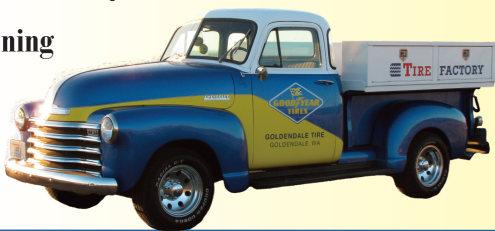

the average first killing frost. Use a low-nitrogen, slow-release fertilizer that won’t harm stressed lawns and young seedlings if repairing or overseeding the lawn. Continue to mow high as long
as the grass continues to grow. Taller grass produces deeper, more drought-tolerant roots. Mow often, removing only a third of the total height. This is less stressful on the lawn and results in shorter clippings that can be left on the lawn. The clippings return moisture, nutrients, and organic matter to the soil.
Use a sharp blade for a cleaner cut that closes more quickly, reducing water consumption and risk of insects and disease while leaving the lawn looking its best. You’ll also save time as sharp blades cut more efficiently and reduce fuel consumption by as much as 22%.

Improving a lawn’s growing conditions will help it recover more quickly and equip it to better manage environmental stress. Core aerate lawns that have more than one half an

inch of thatch, those growing in compacted soils, or before overseeding. By removing plugs of soil, you will break through the thatch and create channels for water and fertilizer to reach the grass roots. For best results, core aerate the lawn when it’s actively growing; fall for cool season grasses and spring or early summer for warm season grasses. Hand removal of weeds is the most environmentally friendly option. Organic broadleaf weedkillers with the active ingredient Fehedta or Hedta is another option. Spot treat problem areas to minimize the use of chemicals and reduce the stress on already stressed lawns. As always, read and follow label directions carefully whether using traditional, natural or organic chemicals.
Repair dead and bare patches





in cool season lawns that are the size of a soccer ball or larger as needed. Those growing warmseason grasses will have the best results when seeding in spring through early summer. Rake away dead grass and debris roughening and exposing the soil below. Spread grass seed over the area and lightly rake to ensure seed-to-soil contact. Or mix a handful of grass seed in a bucket of compost or potting mix. The organic matter helps conserve moisture and promotes seed


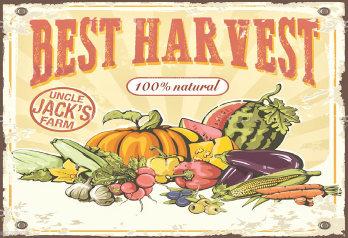
sprouting. Spread the mix over the soil surface. Water these areas often enough to keep the soil surface moist until the grass seed sprouts. As grass begins to grow, water more deeply and less often to encourage a robust droughttolerant root system.
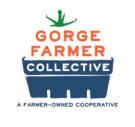
Proper maintenance and a bit of cooperation from nature will help transform your lawn from a disappointment to an asset in your landscape.
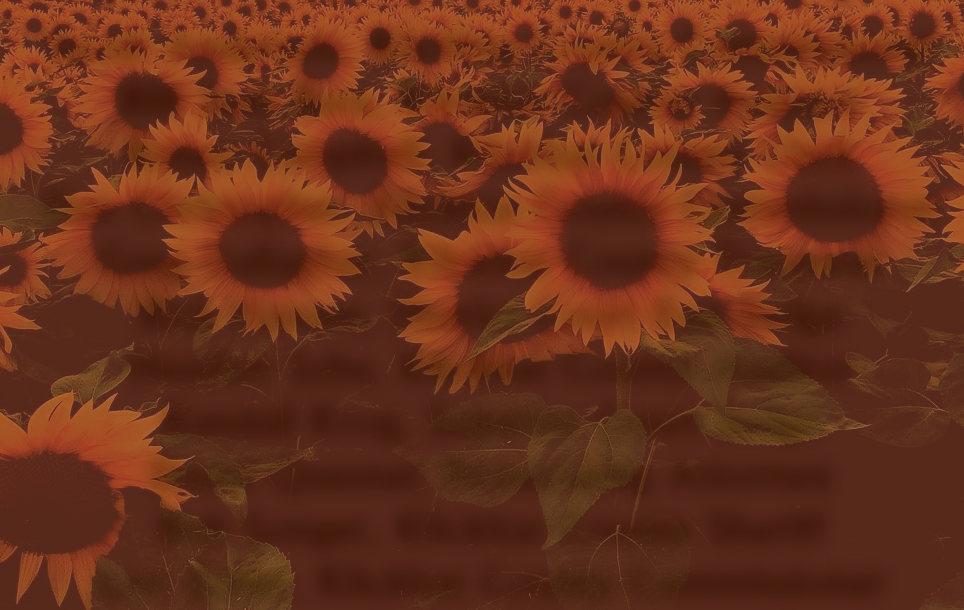

§ The End

